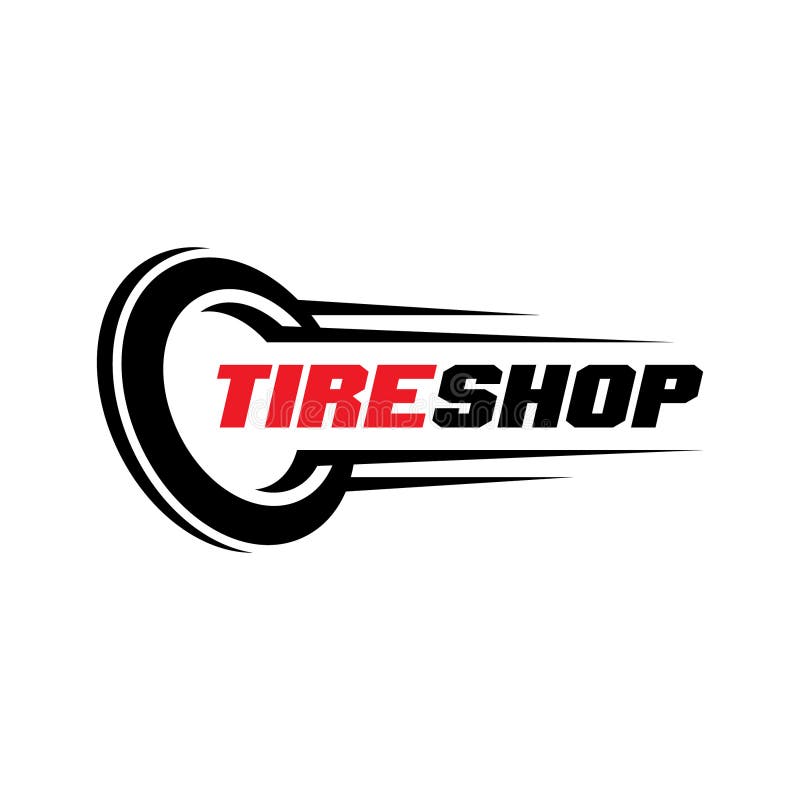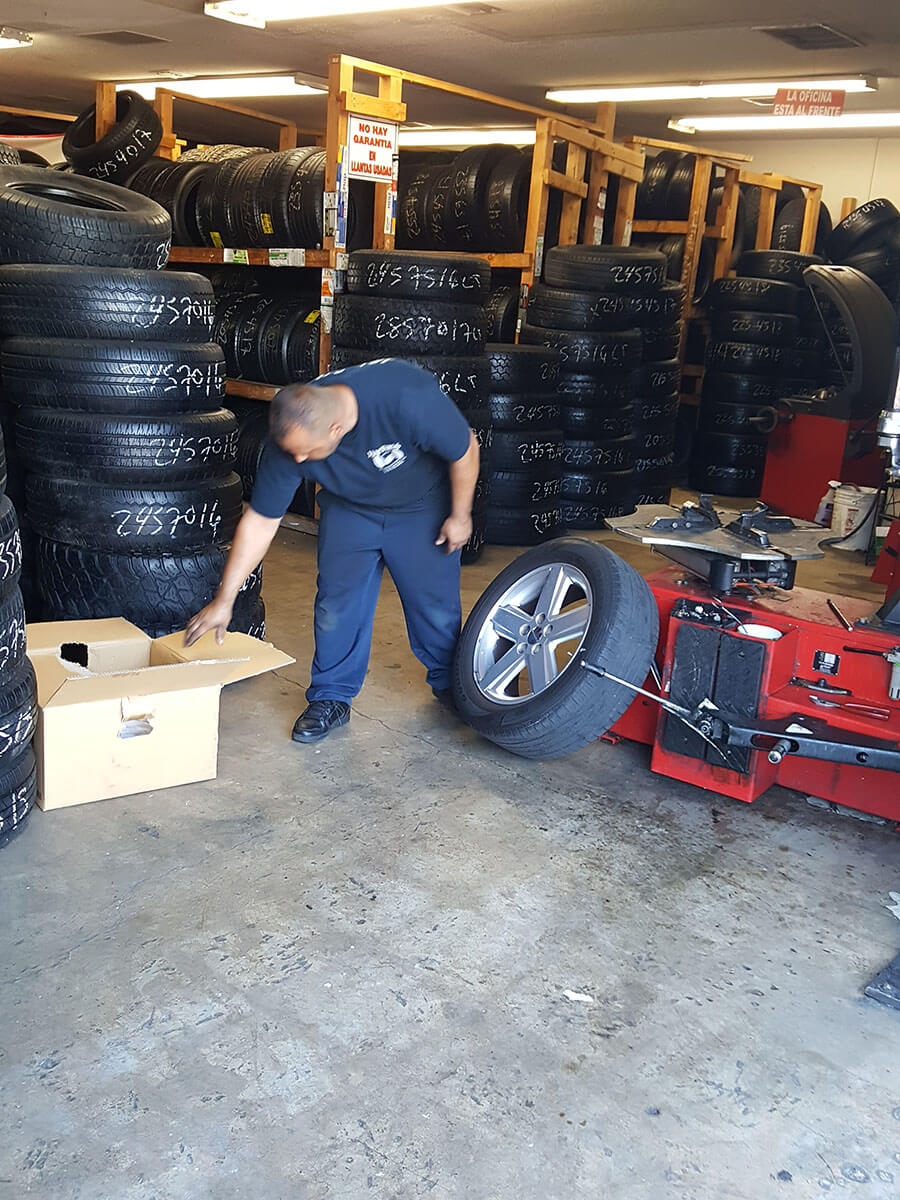The Scientific Research Behind Tire Repair and Safety And Security
When it involves the complex world of tire maintenance and safety and security, there exists a realm of scientific research that typically stays undetected by the typical vehicle driver - tire shop near me. The products that make up a tire, the effect of tire pressure on general safety and security, the implications of step wear, the intricate characteristics of tire grip, and the often-overlooked value of proper wheel placement all play important roles in making sure an automobile runs securely and successfully. As we browse with the intricacies of tire fixing and safety and security, it comes to be evident that a deeper understanding of these scientific concepts is not only useful yet essential for every motorist on the roadway
Tire Make-up and Functionality
What products comprise the composition of tires, and just how do these elements add to their performance on the road? Tires are intricate items, normally made from a mix of rubber compounds, textile, steel cables, and other chemical ingredients. The most common kind of rubber made use of in tires is synthetic rubber, which uses toughness and resistance to tear and use. The material layers, commonly constructed from nylon, polyester, or rayon, offer toughness and stability to the tire framework. Steel cords are included to enhance the tire's strength and assist it preserve its form under various road problems.
The rubber substances supply hold and traction, enabling the tire to stick to the road surface and give stability during velocity, stopping, and cornering. Overall, the mindful option and combination of these products ensure that tires can carry out successfully and safely on various road surface areas and conditions.
Impact of Tire Pressure on Safety And Security
Maintaining proper tire pressure is crucial for ensuring optimum security and efficiency while driving. The effect of tire stress on security can not be overemphasized. Underinflated tires are vulnerable to getting too hot, which can lead to tire blowouts, especially at high speeds. In addition, reduced tire pressure influences the handling and responsiveness of the lorry, increasing the threat of accidents, especially throughout emergency situation maneuvers. On the other hand, overinflated tires have much less contact with the road surface, decreasing grip and triggering unequal endure the tire treads. This endangers the car's security and braking efficiency, positioning a considerable security danger. Properly filled with air tires additionally play an important duty in gas effectiveness, as underinflated tires can boost moving resistance, bring about lowered gas mileage. Regularly examining and maintaining the proper tire stress not just guarantees security yet additionally prolongs the life-span of the tires, reducing replacement prices in the lengthy run.
Footstep Put On and Its Implications
Appropriate monitoring of tire tread wear is critical for guaranteeing optimal efficiency and safety and security on the road. As tires put on down, the deepness of the walk diminishes, decreasing the tire's capability to maintain traction, specifically in damp or slippery problems. The walk pattern and depth play a vital role in funneling water away from the tire to prevent hydroplaning and preserving grasp when traveling surface.
Irregular wear might recommend problems with tire suspension, inflation, or positioning elements. Use indicators are More about the author developed into the tire step and become noticeable when the walk deepness gets to a specific reduced factor, indicating the requirement for immediate replacement.

Recognizing Tire Traction Characteristics
Keeping an eye on tire step wear not just makes sure optimum performance and safety and security but likewise directly influences the grip characteristics of the tires on various road surfaces. Tire traction is a vital facet of lorry handling and safety, as it establishes the grasp between the tires and the road. Grip dynamics differ relying on roadway problems such as completely dry sidewalk, wet roadways, snow, or ice.

Recognizing tire grip dynamics is essential for vehicle drivers to adjust their driving habits according to the roadway problems. morris tire service. Routinely inspecting tire step deepness and problem can considerably enhance grip performance, advice making sure safer driving experiences throughout different surfaces
Value of Correct Wheel Alignment
Ensuring proper wheel positioning plays an essential duty in maximizing automobile performance and extending tire long life. Appropriate wheel placement involves readjusting the angles of the wheels to maker requirements, guaranteeing that they are perpendicular to the ground and alongside each other. When positioning is off, it can bring about irregular tire wear, decreased gas performance, and endangered handling.
Among the key benefits of maintaining proper wheel placement is improved handling and security. Misaligned wheels can create the vehicle to draw away, impacting steering control and total driving experience. Additionally, appropriate positioning promotes also tire wear, avoiding premature tire substitute and conserving on upkeep expenses in the lengthy run.

Final Thought
In conclusion, the science behind tire repair and safety is vital for preserving automobile efficiency and ensuring vehicle driver security. By comprehending tire make-up, stress, step wear, grip characteristics, and wheel placement, drivers can avoid crashes and extend the lifespan of their tires.
The products that compose a tire, the effect of tire pressure on total safety and security, the ramifications of tread wear, the elaborate characteristics of tire grip, and the often-overlooked relevance of appropriate wheel positioning all play essential functions in ensuring an automobile operates safely and successfully. On the find out here various other hand, overinflated tires have much less call with the road surface, minimizing traction and causing unequal wear on the tire footsteps. Frequently inspecting and maintaining the appropriate tire pressure not only makes sure security however additionally prolongs the life-span of the tires, conserving on substitute costs in the lengthy run.
Checking tire tread wear not only ensures optimal efficiency and safety but also straight impacts the grip characteristics of the tires on different roadway surface areas. Tire grip is a critical aspect of automobile handling and safety and security, as it identifies the grip in between the tires and the road.